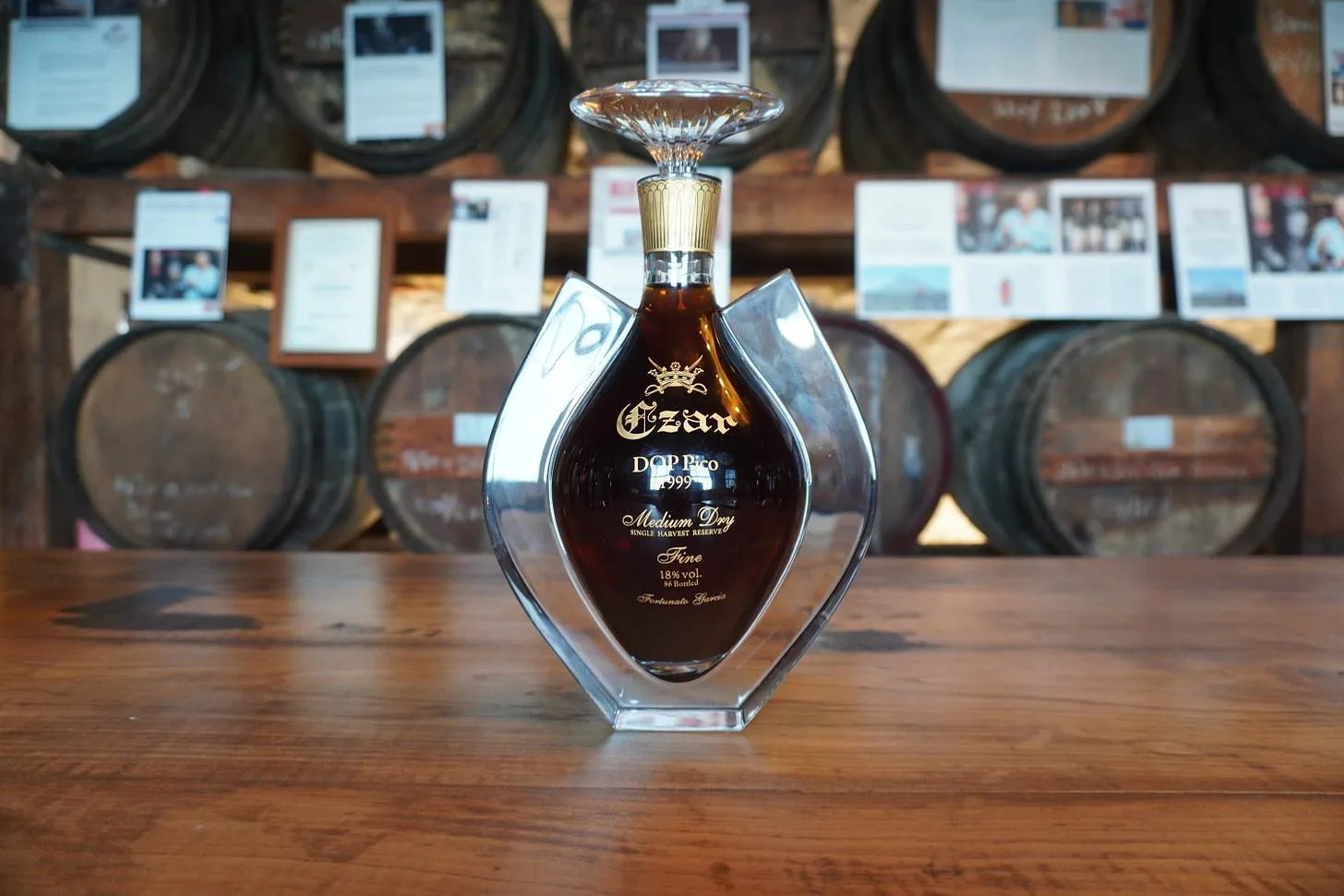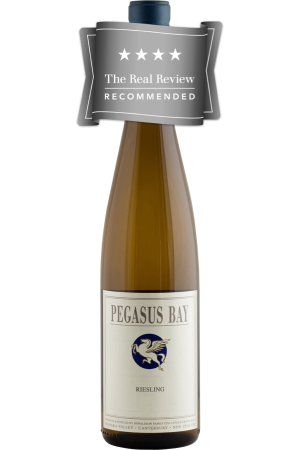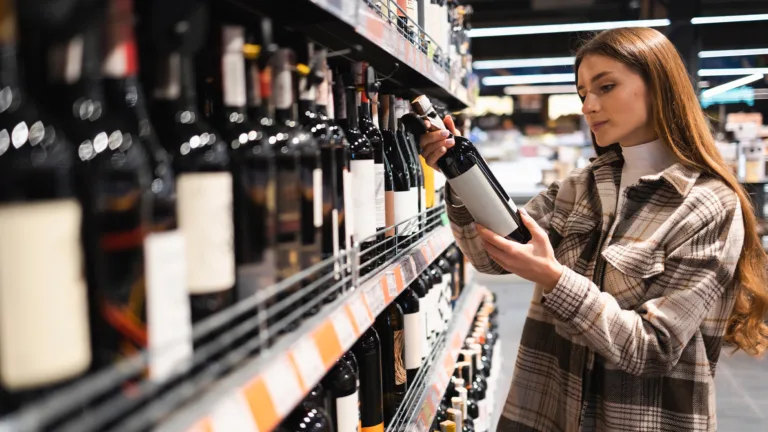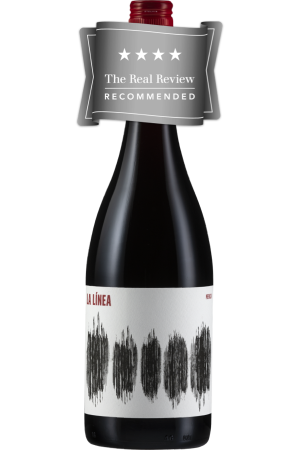Fortunato Garcia, a schoolteacher based on the Azores island of Pico, has just spent two hours telling me how his late harvest wine Czar went from €15 a bottle in 2006 to a special release which he’s now pre-selling for €7,500. That’s per bottle. As I wonder if I’m more likely to die of shock or thirst, he opens half a dozen vintages spanning 1991 to 2014 – the current release – and then jumps up to cook dinner. Ever wondered what pairs with a €7,500 bottle? A rustic fish soup made with conger eel, it turns out: caldo do peixe, the island’s speciality, served with bread and a kind of salsa verde. We eat it together with his wife Gina amidst the gloom of the winery’s barrel room – which was briefly the family’s house after the 1974 earthquake.
Confused? I’ll try to explain.
Pico has always been the wine producing hotspot amongst the nine islands of the Azores. Visit and you might wonder how on earth that happened. Pico is covered in black volcanic rock and feels like one of the windiest spots on earth. Vines cling to the ground, surrounded by dry lava stone walls – currais – which protect them from wind and salt spray. By any stretch of the imagination, it’s a tough place to grow grapes.
The oldest vines – up to 150 years old – and some of the most well preserved currais are spread around the village of Criacão Velha. It’s here that Fortunato’s dad
This Article was originally published on The Morning Claret







